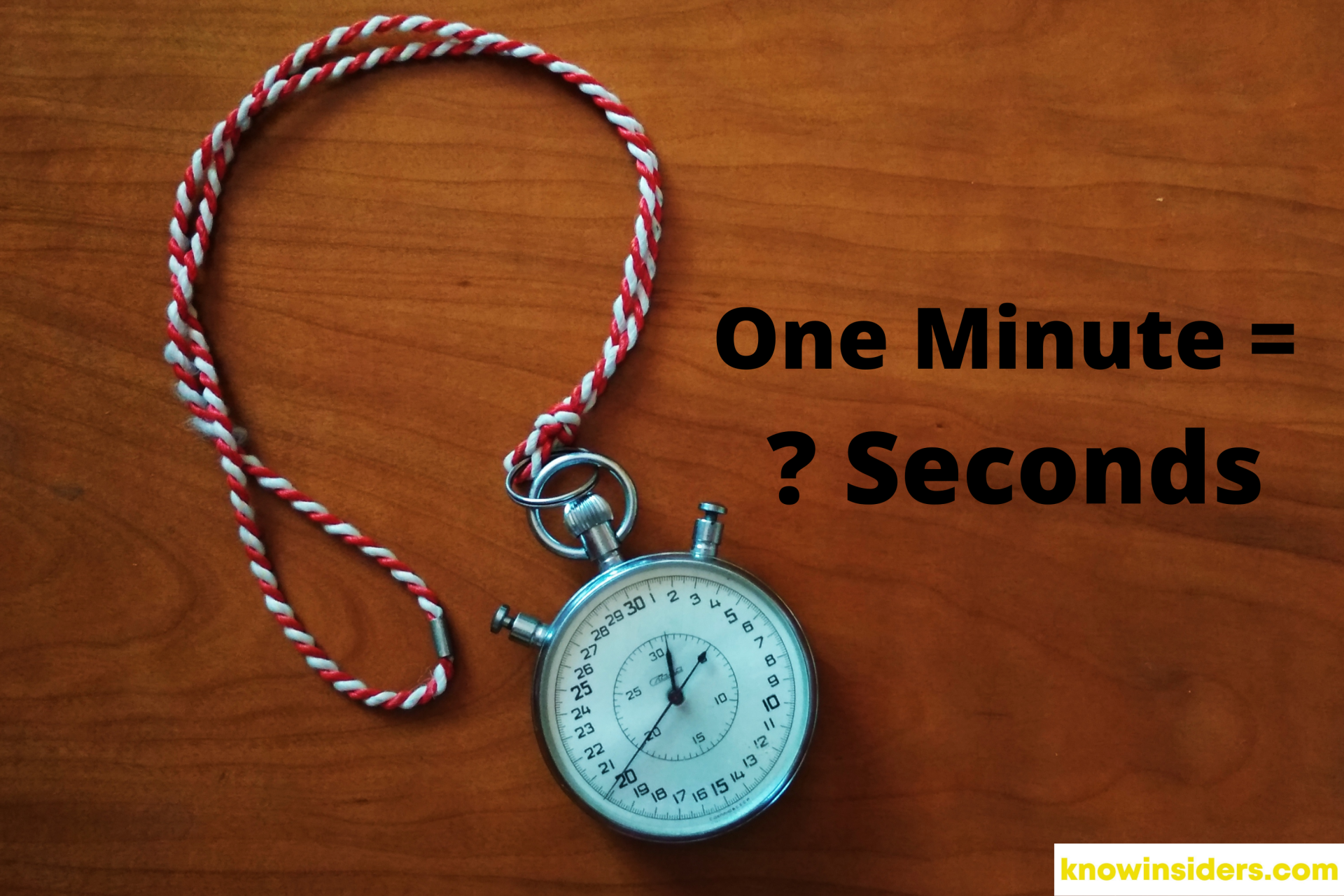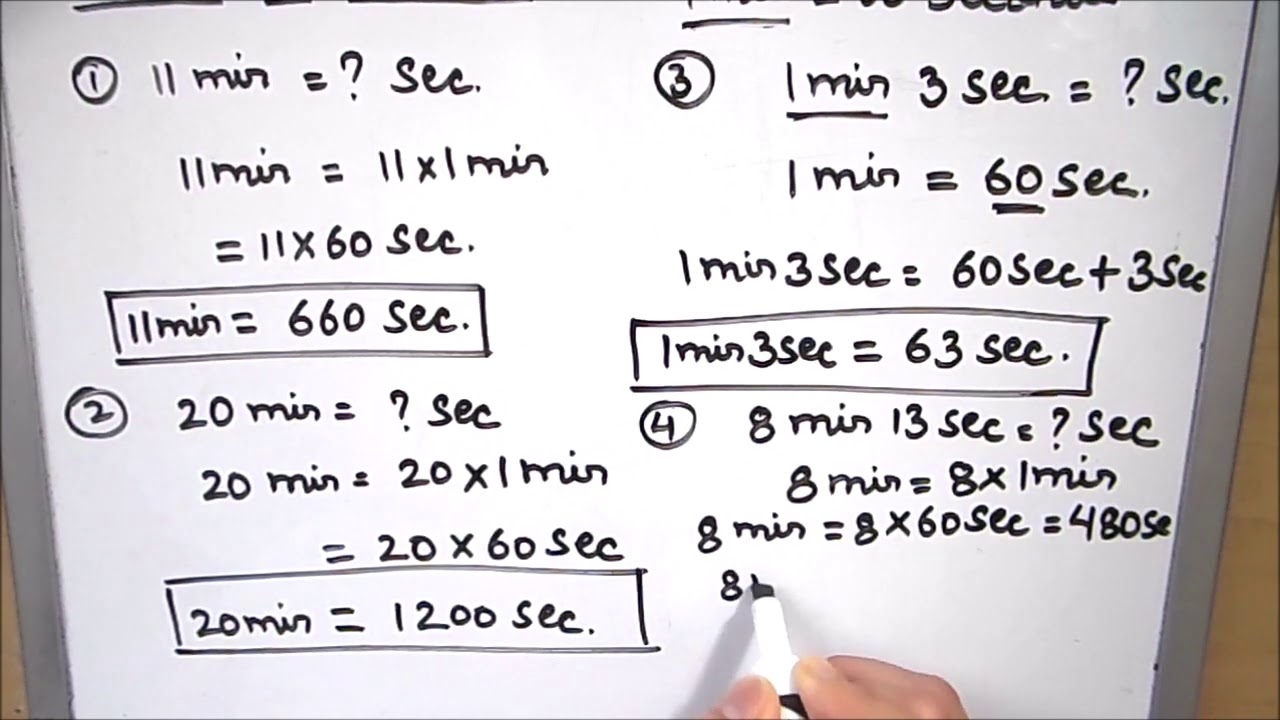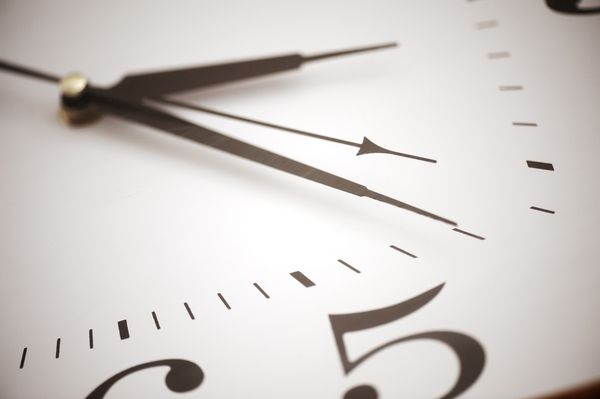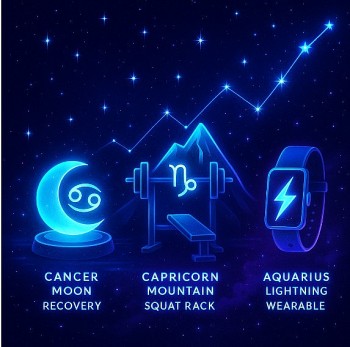How Many Seconds Are In Minutes?
 |
| Photo KnowInsiders |
What is a second (s or sec)?
A second is a unit of time. The symbol for second is s or sec. There are 3,600 seconds in an hour.
The second has historically been defined as 1/60 of a minute or 1/86,400 of a day. According the to SI definition, the second is the duration of 9,192,631,770 periods of the radiation corresponding to the transition between the two hyperfine levels of the unperturbed ground state of the caesium 133 atom.[1]
The second is the SI base unit for time in the metric system. Seconds can be abbreviated as sec; for example, 1 second can be written as 1 sec.
What is a minute?
The minute is a unit of time usually equal to (the first sexagesimal fraction) of an hour, or 60 seconds. In the UTC time standard, a minute on rare occasions has 61 seconds, a consequence of leap seconds (there is a provision to insert a negative leap second, which would result in a 59-second minute, but this has never happened in more than 40 years under this system). Although not an SI unit, the minute is accepted for use with SI units. The SI symbol for minute or minutes is min (without a dot). The prime symbol is also sometimes used informally to denote minutes of time.
How Many Seconds Are In Minutes?
1 Minute = 60 Seconds
5 Minutes = 300 Seconds
10 Minutes = 600 Seconds
15 Minutes = 900 Seconds
How Many Minutes in a Second?
There are 0.016666666666667 minutes in a second.
1 Second is equal to 0.016666666666667 Minutes.
1 sec = 0.016666666666667 min
 How to Convert Seconds to Minutes: Simple Ways to Change How to Convert Seconds to Minutes: Simple Ways to Change All of us know one minute is 60 seconds. What formula should we remember to convert seconds to minutes? Follow our simple steps right below! |
Seconds to Minutes Conversion Chart
| Seconds | Minutes |
|---|---|
| 1 sec | 0.016666666666667 min |
| 2 sec | 0.033333333333334 min |
| 3 sec | 0.050000000000001 min |
| 4 sec | 0.066666666666668 min |
| 5 sec | 0.083333333333335 min |
| 6 sec | 0.1 min |
| 7 sec | 0.11666666666667 min |
| 8 sec | 0.13333333333334 min |
| 9 sec | 0.15 min |
| 10 sec | 0.16666666666667 min |
| 11 sec | 0.18333333333334 min |
| 12 sec | 0.2 min |
| 13 sec | 0.21666666666667 min |
| 14 sec | 0.23333333333334 min |
| 15 sec | 0.25 min |
| 16 sec | 0.26666666666667 min |
| 17 sec | 0.28333333333334 min |
| 18 sec | 0.30000000000001 min |
| 19 sec | 0.31666666666667 min |
| 20 sec | 0.33333333333334 min |
| 21 sec | 0.35000000000001 min |
| 22 sec | 0.36666666666667 min |
| 23 sec | 0.38333333333334 min |
| 24 sec | 0.40000000000001 min |
| 25 sec | 0.41666666666668 min |
| 26 sec | 0.43333333333334 min |
| 27 sec | 0.45000000000001 min |
| 28 sec | 0.46666666666668 min |
| 29 sec | 0.48333333333334 min |
| 30 sec | 0.50000000000001 min |
| 31 sec | 0.51666666666668 min |
| 32 sec | 0.53333333333334 min |
| 33 sec | 0.55000000000001 min |
| 34 sec | 0.56666666666668 min |
| 35 sec | 0.58333333333335 min |
| 36 sec | 0.60000000000001 min |
| 37 sec | 0.61666666666668 min |
| 38 sec | 0.63333333333335 min |
| 39 sec | 0.65000000000001 min |
| 40 sec | 0.66666666666668 min |
| 41 sec | 0.68333333333335 min |
| 42 sec | 0.70000000000001 min |
| 43 sec | 0.71666666666668 min |
| 44 sec | 0.73333333333335 min |
| 45 sec | 0.75000000000001 min |
| 46 sec | 0.76666666666668 min |
| 47 sec | 0.78333333333335 min |
| 48 sec | 0.80000000000002 min |
| 49 sec | 0.81666666666668 min |
| 50 sec | 0.83333333333335 min |
| 55 sec | 0.91666666666668 min |
| 60 sec | 1 min |
| 65 sec | 1.0833333333334 min |
| 70 sec | 1.1666666666667 min |
| 75 sec | 1.25 min |
| 80 sec | 1.3333333333334 min |
| 85 sec | 1.4166666666667 min |
| 90 sec | 1.5 min |
| 95 sec | 1.5833333333334 min |
| 100 sec | 1.6666666666667 min |
| 105 sec | 1.75 min |
| 110 sec | 1.8333333333334 min |
| 115 sec | 1.9166666666667 min |
| 120 sec | 2 min |
| 125 sec | 2.0833333333334 min |
| 130 sec | 2.1666666666667 min |
| 135 sec | 2.25 min |
| 140 sec | 2.3333333333334 min |
| 145 sec | 2.4166666666667 min |
| 150 sec | 2.5 min |
| 155 sec | 2.5833333333334 min |
| 160 sec | 2.6666666666667 min |
| 165 sec | 2.7500000000001 min |
| 170 sec | 2.8333333333334 min |
| 175 sec | 2.9166666666667 min |
| 180 sec | 3.0000000000001 min |
| 185 sec | 3.0833333333334 min |
| 190 sec | 3.1666666666667 min |
| 195 sec | 3.2500000000001 min |
| 200 sec | 3.3333333333334 min |
| 205 sec | 3.4166666666667 min |
| 210 sec | 3.5000000000001 min |
| 215 sec | 3.5833333333334 min |
| 220 sec | 3.6666666666667 min |
| 225 sec | 3.7500000000001 min |
| 230 sec | 3.8333333333334 min |
| 235 sec | 3.9166666666667 min |
| 240 sec | 4.0000000000001 min |
| 245 sec | 4.0833333333334 min |
| 250 sec | 4.1666666666667 min |
| 255 sec | 4.2500000000001 min |
| 260 sec | 4.3333333333334 min |
| 265 sec | 4.4166666666668 min |
| 270 sec | 4.5000000000001 min |
| 275 sec | 4.5833333333334 min |
| 280 sec | 4.6666666666668 min |
| 285 sec | 4.7500000000001 min |
| 290 sec | 4.8333333333334 min |
| 295 sec | 4.9166666666668 min |
A Brief History of a Brief Amount of Time
The Persian scholar Al-Biruni first used the term "second" around 1000. He defined it—as well as the day, hour, and minute—as fractions according to the lunar cycle. The first mechanical clocks to mark the second appeared in the 1500s, and in 1644 French mathematician Marin Mersenne used a pendulum to define the second for the first time, leading to the international adoption of grandfather clocks by the end of the 17th century. In the 19th century, scientific institutions worked to define the second in astronomical terms, and in the 1940s an international agreement defined the second as 1⁄86,400 of a mean solar day.
It was in the 1950s, however, that researchers recognized the Earth's rotation is not consistent enough to provide a standard unit of time. Instead, the second was redefined according to the length of a year, and officially became the fraction 1⁄31,556,925.9747 of the year 1900. The definition would not endure.
Around the same time, the first accurate atomic clocks were being developed that used cesium. Finally, here was a natural phenomenon precise and consistent enough to define a second. In 1967, the Thirteenth General Conference of the International Committee for Weights and Measures officially defined the second as "the duration of 9,192,631,770 periods of the radiation corresponding to the transition between the two hyperfine levels of the ground state of the caesium-133 atom." And that has remained the official definition ever since.
READ MORE: How Many Years in A Decade?
How did we come to divide the hour into 60 minutes and the minute into 60 seconds?
 |
| Photo livescience |
These smaller divisions of time have been in practical use for only about 400 years, but they were vital to the advent of modern science.
For millennia, ancient civilizations looked to the sky to measure the big units of time. There's the year, which is the time it takes Earth to complete one orbit around the sun; the month, which is approximately how long it takes the moon to orbit our planet; the week, which is approximately the time between the four phases of the moon; and the day, which is the duration of one rotation of the Earth's on its axis.
Dividing the day was not so straightforward, though hours and minutes have their origins in traditions tracing back thousands of years.
| Number systems The use of 60 began with the Sumerians who used different number systems. While you and I write numbers using base 10, or “decimal” this civilization used base 12 ("duodecimal") and base 60 ("sexigesimal"). It is not known exactly why they chose these systems, but there are a few theories: Many ancient cultures used the three segments of each finger to count to 12 on one hand, writes Georges Ifrah in his book, “The Universal History of Numbers” (Wiley, 2000; translated by David Bello). It is hypothesized 60 arose from using five fingers of one hand with the twelve segments of the other. Fewer fractions have repeating decimals (1/3 = 0.333…) when written in sexagesimal. This is particularly important because the Sumerians had no notion of repeating-digit fractions. In “An Introduction to the History of Algebra” (American Mathematical Society, 2009), author Jacques Sesiano describes a tablet that reads, “I don’t know the inverse of 7/6.” Twelve was an important number to the Sumerians, and later to the Egyptians. For example, it was the number of lunar cycles in a year and the number of constellations of the Zodiac. Day and night were each divided into 12 periods, and the 24-hour day was born. To find the origin of thetime cutting, and therefore understand why there are 60 seconds in a minute, we must go back to Egyptian and Babylonian antiquity, to about 3,000 BC. Based on the observation of phases of the moon, which last about 29 and a half days, our distant ancestors established the months. Egyptian astronomers have also calculated, by observing the sky, that a year lasts 365 days. Around -2,800, the year is divided into three four-month seasons, and each month consists of three ten-day weeks, which will then be transformed into seven-day weeks, presumably to allow workers to rest more often on the last day of the week, and also for religious reasons. |
 How to Convert Minutes to Hours: Easy Ways to Change How to Convert Minutes to Hours: Easy Ways to Change How to convert minutes to hours? Follow our simple steps! |
 How Many Seconds Are in A Day? How Many Seconds Are in A Day? Ever wondered how many seconds there are in a day? While you are trying to figure out how to calculate it, the article below ... |
 14 Last-Minute Self-Made Gift Ideas For Friends 14 Last-Minute Self-Made Gift Ideas For Friends The important events are coming in a short amount of time; however, you still don't have any ideas of gifts. You also want to make ... |
























